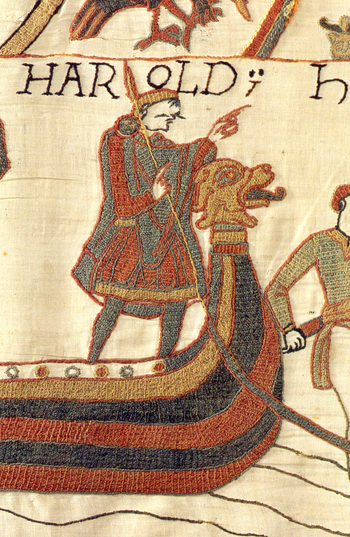Portal:Clothing/Selected picture
Selected picture 1
Portal:Clothing/Selected picture/1
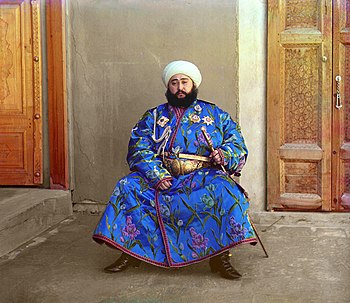
Selected picture 2
Selected picture 3
Portal:Clothing/Selected picture/3
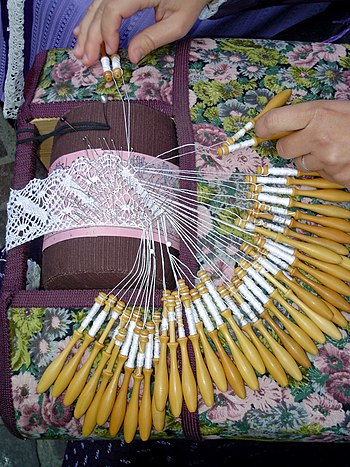
Bobbin lace is a lace textile made by weaving lengths of thread, which are wound on bobbins to manage them. As the work progresses, the weaving is held in place with pins set in a lace pillow, the placement of the pins usually determined by a pattern or pricking pinned on the pillow.
Selected picture 4
Portal:Clothing/Selected picture/4
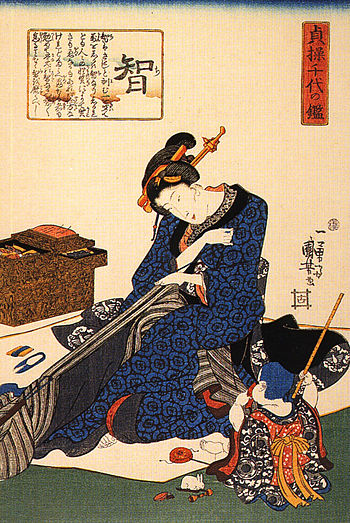
Embroidery is the art or handicraft of decorating fabric or other materials with designs stitched in strands of thread or yarn using a needle. Embroidery may also incorporate other materials such as metal strips, pearls, beads, quills, and sequins. Sewing machines can be used to create machine embroidery.
Selected picture 5
Portal:Clothing/Selected picture/5

Mrs.
Selected picture 6
Portal:Clothing/Selected picture/6

A "Thangka," also known as "Tangka", "Thanka" or "Tanka" is a painted or embroidered Buddhist banner which was hung in a monastery or a family altar and occasionally carried by monks in ceremonial processions. In Tibetan the word 'than' means flat and the suffix 'ka' stands for painting.
Selected picture 7
Portal:Clothing/Selected picture/7
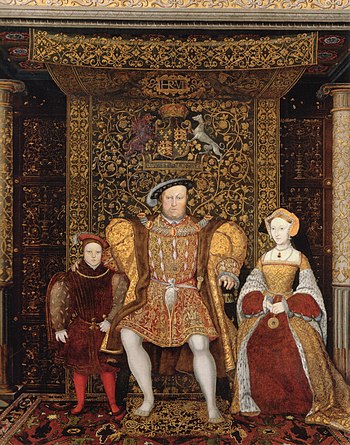
Selected picture 8
Selected picture 9
Selected picture 10
Portal:Clothing/Selected picture/10

A medieval
Selected picture 11
Portal:Clothing/Selected picture/11

Selected picture 12
Portal:Clothing/Selected picture/12

Selected picture 13
Portal:Clothing/Selected picture/13
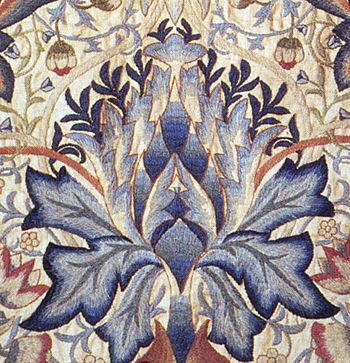
Selected picture 14
Portal:Clothing/Selected picture/14

Woodblock printing on textiles is the process of printing patterns on textiles, usually of linen, cotton or silk, by means of incised wooden blocks. It is the earliest, simplest and slowest of all methods of textile printing.
Selected picture 15
Portal:Clothing/Selected picture/15
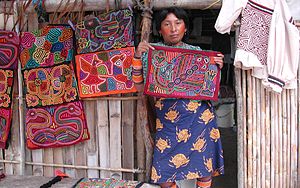
The
Selected picture 16
Selected picture 17
Portal:Clothing/Selected picture/17
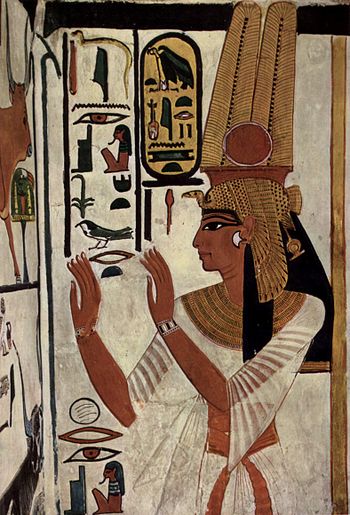
The
Selected picture 18
Portal:Clothing/Selected picture/18

Point de Venise (also Gros Point de Venise) is a Venetian needle lace from the 17th century characterized by scrolling floral patterns with additional floral motifs worked in relief (in contrast with the geometric designs of the earlier reticella).
Selected picture 19
Portal:Clothing/Selected picture/19

Needle lace (also known as needlelace or needle-made lace) is a type of lace created using a needle and thread to stitch up hundreds of small stitches to form the lace itself.
Selected picture 20
Portal:Clothing/Selected picture/20
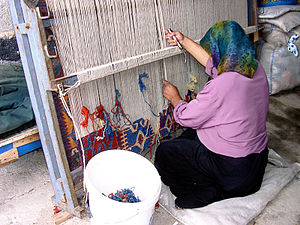
A
Selected picture 21
Portal:Clothing/Selected picture/21

Selected picture 22
Portal:Clothing/Selected picture/22
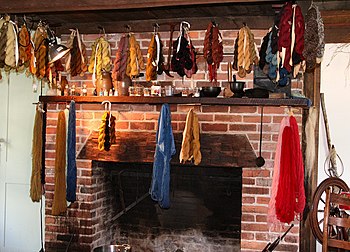
Yarn is a long continuous length of interlocked fibers, suitable for use in the production of textiles, sewing, crocheting, knitting, weaving, embroidery and ropemaking. Thread is a type of yarn intended for sewing by hand or machine.
Selected picture 23
Portal:Clothing/Selected picture/23
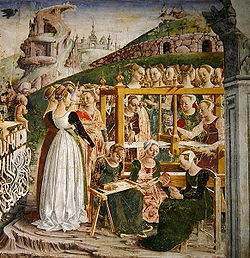
In weaving, two distinct sets of
Selected picture 24
Portal:Clothing/Selected picture/24

Selected picture 25
Portal:Clothing/Selected picture/25

Selected picture 26
Portal:Clothing/Selected picture/26

The Saw Mill, a tapestry designed by textile artist Kåre Jonsborg (1912-1977) and woven by Else Halling in the early 1950s, hangs in the Town Hall of Oslo, Norway.
Selected picture 27
Portal:Clothing/Selected picture/27

Crochet is a process of creating fabric from yarn or thread using a crochet hook. The word is derived from the Middle French word croc or croche, meaning hook. Crocheting, similar to knitting, consists of pulling loops of yarn through other loops. Crochet differs from knitting in that only one loop is active at one time (the sole exception being Tunisian crochet), and that a crochet hook is used instead of knitting needles.
Selected picture 28
Portal:Clothing/Selected picture/28
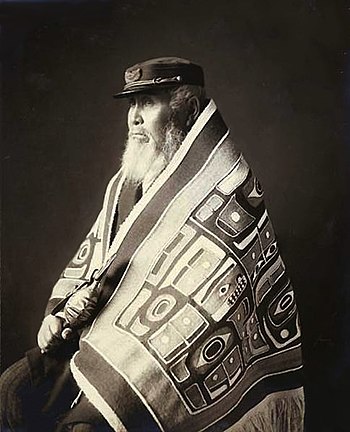
Chilkat weaving is a traditional form of weaving practiced by Tlingit, Haida, Tsimshian, and other Northwest coastal tribes of Alaska and British Columbia. Chilkat blankets are worn by high-ranking tribal members on civic or ceremonial occasions, including dances.
Selected picture 29
Portal:Clothing/Selected picture/29


